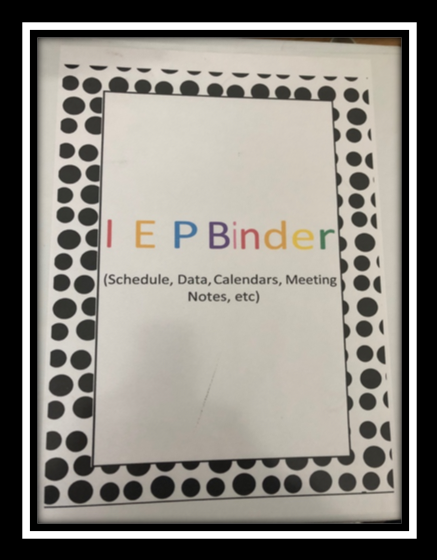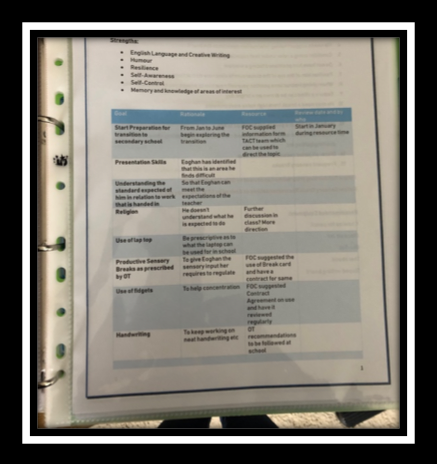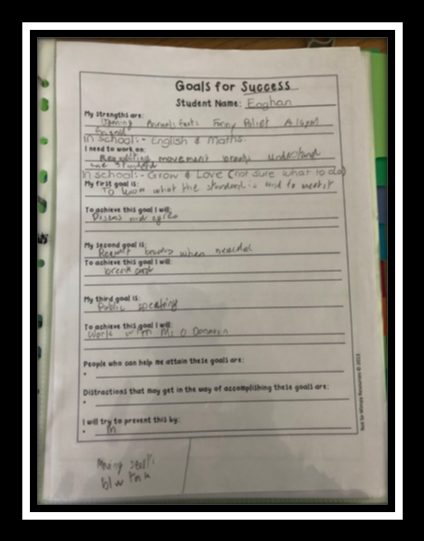
What is an IEP?
Individual Education Plans (IEP) are documents that identify children’s special educational needs and set goals to meet those needs. … A provision requiring IEPs is in the Education for Persons with Special Educational Needs Act of 2004, but is not yet implemented. This means that, while there is not as yet a legal requirement to provide IEPs for children in Ireland, many teachers of children with special education needs have been using IEPs in various forms and guises in their work with these children and many have developed considerable expertise in this area.
An Individual Education Plan (IEP) is a written document prepared for a named student specifying the learning goals that are to be achieved by the student over a set period of time and the teaching strategies, resources and supports necessary to achieve those goals.
Topics of an IEP meeting
These are some of the topic that are generally discussed at the IEP meeting
- your child’s strengths
- your child’s areas of need
- addressing those areas of need by drafting/finalising goals
- deciding upon strategies to help child meet goals
- Behaviour Plans, if relevant
- what progress monitoring will look like
Preparing for the IEP meeting
I like to be organised and when we were invited for our first IEP meeting, many years ago, I didn’t know what to expect and I felt underprepared. So now, I prepare well in advance of the meeting and I feel less anxious. I am my child’s advocate and I want to represent their strengths and areas of difficulty clearly.
Generally, there are 2 IEP meetings in the school year. The first generally in October and a review meeting in February. In my experience the class teacher and resource teacher are present, but I have had OTs present in the earlier years. Our school send out a draft IEP before the meeting so that gives the opportunity to look over it and make a few notes. You can ask for this from your schools resource teacher.
Take time to prepare for your child’s IEP meetings by reviewing the files and materials you have gathered. Based on this review, prepare notes or a draft of what you believe should be incorporated into your child’s IEP. In particular, take time to identify what goals and objectives you believe should be incorporated into your child’s IEP program.
In preparation for the meeting, I gather the most recent reports and make notes highlighting the areas that the school should be aware of. I review previous IEP meeting notes and can check in on the progress of the goals set out in the previous school year.
I have folders specifically for IEP meetings . These include information on:
1. all school records, including report cards, attendance and disciplinary records, and evaluations;
2. your child’s IEP and your notes from all IEP meetings;
3. all correspondence to and from your child’s school and the department of education.
4. forms and informational materials sent to you
5. your child’s health and medical records, and any letters or reports from your child’s health professionals;
6. any evaluations conducted outside the IEP process (e.g., by private practitioners);
7. any research you gather regarding programs and services that may be appropriate to incorporate into your child’s IEP program;
8. information on any private programs or service options you research that may meet your child’s specific needs;
9. a diary to track all meetings, telephone and in-person conversations and other correspondence with individuals involved in your child’s education, including the date and time, the participants, the substance of the meeting, conversation or correspondence and any necessary follow-up actions and attempts.


Transitioning Services (if applicable)
What services does my child need to be ready to (consider if appropriate)…
- Live on his/her own?
- Go on to higher education?
- Work?
- Attending second level education
IEP Emotions
IEP meetings can be an emotional roller coaster, parents can get upset and cry for a variety of reasons and some of these reasons can be because
- You’re sad because you are once again being reminded of your child’s losses.
- Your child hasn’t made as much progress as you had hoped, and the gap is widening.
- You want to help but don’t feel empowered or knowledgeable enough to change things.
- You’re worried about your child’s future.
- Tears of frustration-you don’t feel you’re being listened to.
Be kind to yourself. You know your child best and you are their voice. These worries are natural for any parent. Voice your concerns, and ask for help.
Self-Advocacy
Last year when my son was 11 he attended his own IEP meeting, I felt that this was a valuable exercise for him in Advocating for himself.
In order to self-advocate he needed some support in the following areas
- Choice-making
- Decision-making
- Problem-solving
- Goal setting and attainment
- Self-regulation
- Self-advocacy
- Self-awareness
Self-Advocacy IEP Goals
The below are some of the skills a child may require in order to self-advocate at their IEP meeting. They can be discussed at home with parents or at resource time during the school day to help the child understand and be prepared for their meeting.
1. Communicate academic strategies or compensation skills that work best for him/her.
2. Student will demonstrate appropriate skills in asking for help at appropriate times..
3. Demonstrate knowledge of strengths, weaknesses, personal learning style and their applications in daily school and community life
4. Student can communicate an understanding of the goals on the IEP. (read over with them and discuss)
5. Demonstrate an understanding of what having autism means (or other condition if appropriate) and able to communicate to others how he/she learns best.
6. Describe personal strengths accurately
7. Explain the kind of help needed for a situation (set the stage for weekly situations) & know who is the most appropriate person to ask for help.
8. Identify one or two curriculum modifications (e.g. I need to have more time to complete work, I need to have directions written on the board)
9. Explain and communicate one or two environmental needs (e.g. I need to sit in the front of the class, I need a quiet place to work).
10. Student can identify specific curriculum modifications that are in the IEP and why they are needed (My listening skills are not as strong, so I will need a note taker)
11. Identify specific environmental modifications and to tell why they are needed.
12. List possible antecedents to their own behaviours (“I get upset when…..”) and list possible acceptable alternatives to their behaviour.
13. Make decisions between two or more choices.
14. Participate in school meetings and advocate for self with the support of parent and teachers.
This is my sons own IEP:

After the meeting
When you get home, have a coffee/tea and take some time to digest the information given to you. Have a look over your notes and if there is anything that you are uncertain or unclear or unhappy about follow up with the staff at school the following day.
Track Your Child’s Process
Over the course of the year, you should track your child’s progress in school to help identify the areas in which your child is excelling and struggling. This will be particularly helpful as you and the IEP team draft goals for your child’s annual updated IEP program. Keep in regular contact with your child’s teacher and make sure you regularly review your child’s school work.
If you would like any templates or have any questions please email me on frances@connectability.ie and I will be happy to share any information that I have with you
Frances

